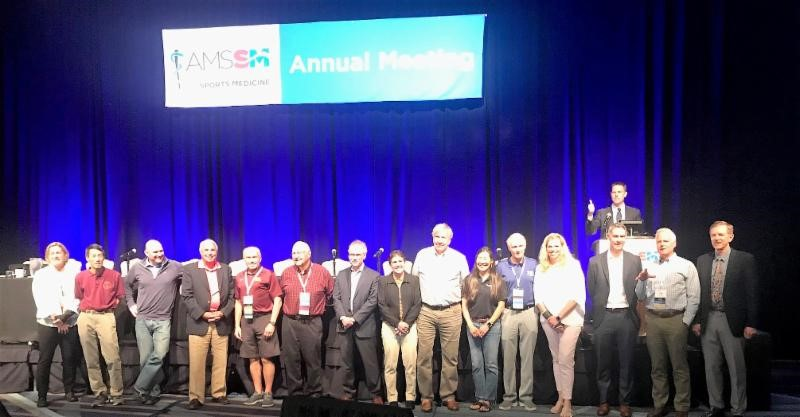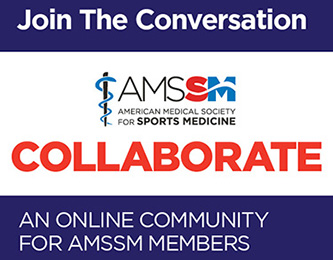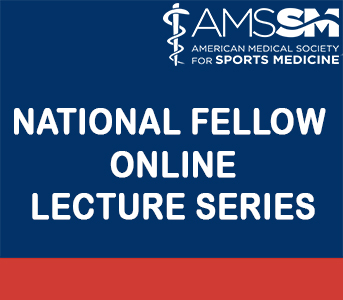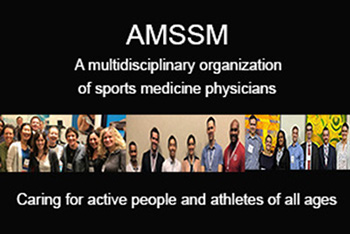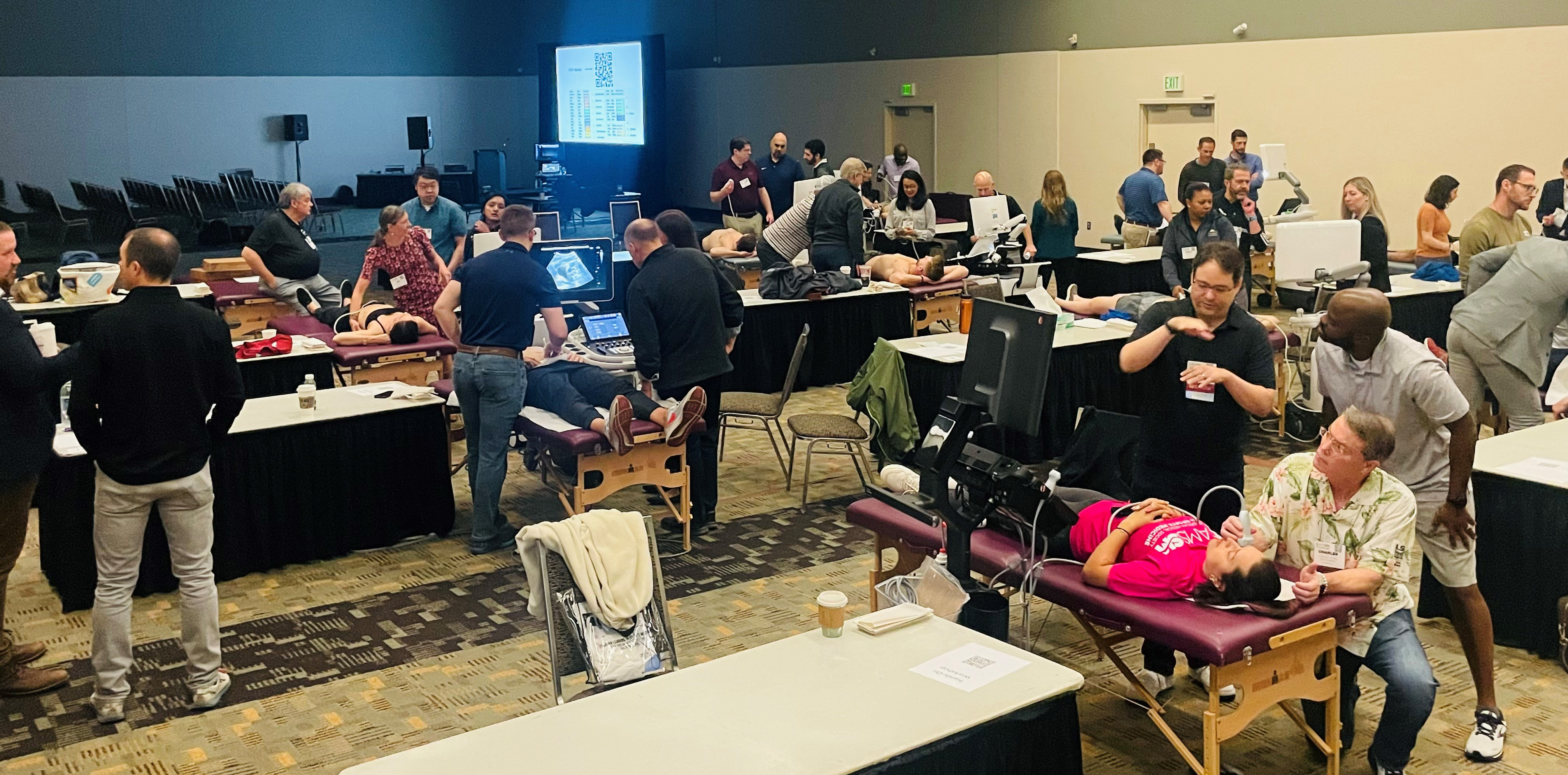Working Diagnosis:
Cerebellar hemangioblastoma with Obstructive hydrocephalus
Treatment:
He was admitted to the Neuro ICU on high-dose IV dexamethasone and IV levetiracetam for seizure prophylaxis. Neurosurgery performed a suboccipital craniotomy for mass resection and External Ventricular Drain (EVD) placement the following day; the EVD was removed 2 days later.
Outcome:
His hospital stay was complicated by hospital-acquired pneumonia, which was treated with piperacillin/tazobactam and azithromycin. He responded well to treatment and was discharged home on hospital day 10. He followed up with Neurosurgery after discharge, who assisted with guiding his return to sport.
At the time of discharge, he was ambulating without assistance, though with some subjective dizziness. He began balance training at 2 weeks post-op and was able to return to light aerobics and weight training by 4 weeks. A repeat MRI at 6 weeks revealed no residual tumor along with appropriate parenchymal filling of the cerebellar defect. Case Photo #3 Case Photo #4 He was able to progress his aerobic activity at 8 weeks. He received full clearance to return to practice and full weight training at 12 weeks. By 16 weeks, he had a full return to sport. A repeat MRI performed 6 months post-op revealed further parenchymal filling of the defect and no new masses.
Author's Comments:
This case highlights the often insidious onset of symptoms with a slow-growing central nervous system (CNS) neoplasm. Once the mass had grown large enough to obstruct CSF outflow, hydrocephalus developed, and symptoms rapidly progressed.
Hemangioblastomas are benign, slow-growing, highly vascularized neoplasms. They are the most common primary tumor of the cerebellum. They are commonly associated with von Hippel-Lindau disease, which causes hemangiomas in multiple organs, although 75 percent of cerebellar hemangioblastomas develop sporadically. Diagnosis is typically made with brain imaging, and it is later confirmed by pathology. The appearance of hemangioblastomas on imaging is similar to other CNS masses, particularly pilocytic astrocytoma. Definitive treatment is surgical resection. If complete resection is achieved, the relapse rate is zero. If resection is incomplete, then radiotherapy may be indicated. Patients with solid tumors tend to have worse outcomes compared to those with cystic tumors, which was the case with this patient.
As of this report, standardized Return to Play (RTP) protocol for patients with non-traumatic brain mass and craniotomy is currently being developed. Initial surveys suggest RTP is possible in a prolonged, stepwise fashion. At a minimum, the patient must be asymptomatic and several months post-op to allow for stabilization of the brain parenchyma as it fills the cavity left by resection of the mass. Some experts suggest resolution of blood/air on imaging prior to RTP.
Editor's Comments:
Hemangioblastomas are an uncommon, benign, slow-growing type of CNS tumor. They account for 7-10 percent of all posterior fossa tumors in adults, with 80 percent of these occurring in the cerebellar hemispheres. They can be sporadic or associated with von Hippel Lindau disease, a hereditary syndrome that can cause a variety of benign and malignant tumors affecting multiple organ systems. While benign, hemangioblastomas may grow to a size that causes mass effect symptoms, such as dizziness, cerebellar ataxia, oculomotor nerve dysfunction, dysphagia, motor weakness, or sensory deficits. MRI with gadolinium enhancement is the gold standard neuroimaging to make the diagnosis. Surgical resection is the recommended treatment for hemangioblastomas with an overall good prognosis.
There is very little evidence and standardization for RTP following craniotomy for a non-sports related brain lesion. While there are concerns for seizure risk, susceptibility to traumatic brain injury or infection following these procedures, the actual risks are currently unknown. Due to the lack of standardization, it is recommended to take an individualized approach when developing a RTP plan. The general neurosurgical consensus when considering RTP includes symptomatic recovery, resolution of blood or air on follow up imaging, and patient demand. RTP may take anywhere from 3 months to 1 year or longer, depending on the patient.
References:
Perreault S, Lober RM, Davis C, Stave C, Partap S, Fisher PG. Sports and childhood brain tumors: Can I play? Neurooncol Pract. 2014 Dec;1(4):158-165. doi: 10.1093/nop/npu020. Epub 2014 Sep 1. PMID: 26034627.
Saigal R, Batjer HH, Ellenbogen RG, Berger MS. Return to play for neurosurgical patients. World Neurosurg. 2014 Sep-Oct;82(3-4):485-91. doi: 10.1016/j.wneu.2014.06.043. Epub 2014 Jul 17. PMID: 25043128.
SILVER ML, HENNIGAR G. Cerebellar hemangioma (hemangioblastoma); a clinicopathological review of 40 cases. J Neurosurg. 1952 Sep;9(5):484-94. doi: 10.3171/jns.1952.9.5.0484. PMID: 12981570.
Lahkim M, Andour H, Laamrani FZ, Allaoui M, Saouab R, El Fenni J, En-Nouali H. Cerebellar hemangioblastoma: Case report with review of the literature. Radiol Case Rep. 2021 Aug 14;16(10):3109-3112. doi: 10.1016/j.radcr.2021.07.027. PMID: 34429813.
Xue J, Mo C. A case report of cerebellar hemangioblastoma simulated brain metastasis shown by magnetic resonance imaging. Medicine (Baltimore). 2024 Feb 9;103(6):e37162. doi: 10.1097/MD.0000000000037162. PMID: 38335432.
Fabi F, Chamberland E, D'Astous M, Michaud K, Cote M, Thibault I. Radiosurgically Treated Recurrent Cerebellar Hemangioblastoma: A Case Report and Literature Review. Curr Oncol. 2024 Jul 9;31(7):3968-3977. doi: 10.3390/curroncol31070293. PMID: 39057165.
Dornbos D 3rd, Kim HJ, Butman JA, Lonser RR. Review of the Neurological Implications of von Hippel-Lindau Disease. JAMA Neurol. 2018 May 1;75(5):620-627. doi: 10.1001/jamaneurol.2017.4469. PMID: 29379961.
Takami H, Graffeo CS, Perry A, Brown DA, Meyer FB, Burns TC, Parney IF. Presentation, imaging, patterns of care, growth, and outcome in sporadic and von Hippel-Lindau-associated central nervous system hemangioblastomas. J Neurooncol. 2022 Sep;159(2):221-231. doi: 10.1007/s11060-022-04021-8. Epub 2022 Jul 28. PMID: 35902552.
Jagannathan J, Lonser RR, Smith R, DeVroom HL, Oldfield EH. Surgical management of cerebellar hemangioblastomas in patients with von Hippel-Lindau disease. J Neurosurg. 2008 Feb;108(2):210-22. doi: 10.3171/JNS/2008/108/2/0210. PMID: 18240914.
Wind JJ, Bakhtian KD, Sweet JA, Mehta GU, Thawani JP, Asthagiri AR, Oldfield EH, Lonser RR. Long-term outcome after resection of brainstem hemangioblastomas in von Hippel-Lindau disease. J Neurosurg. 2011 May;114(5):1312-8. doi: 10.3171/2010.9.JNS10839. Epub 2010 Oct 8. PMID: 20932100.
Fukuda M, Takao T, Hiraishi T, Yoshimura J, Yajima N, Saito A, Fujii Y. Clinical factors predicting outcomes after surgical resection for sporadic cerebellar hemangioblastomas. World Neurosurg. 2014 Nov;82(5):815-21. doi: 10.1016/j.wneu.2014.06.018. Epub 2014 Jun 14. PMID: 24937595.
Tracz JA, Farmer ML, Hughes M, Mukherjee D, Brennan PM. Return to play following craniotomy for non-traumatic brain lesions. World Neurosurg X. 2024 Sep 29;25:100409. doi: 10.1016/j.wnsx.2024.100409. PMID: 39403179.
Stanuszek A, Milczarek O, Rubinkiewicz M, Rymarowicz J, Kwiatkowski S. Return to play after brain tumor surgery in children. Childs Nerv Syst. 2021 Mar;37(3):863-869. doi: 10.1007/s00381-020-04903-0. Epub 2020 Sep 29. PMID: 32995901.
Ahmed S, Hamilton J, Colen R, Schellingerhout D, Vu T, Rao G, McAleer MF, Mahajan A. Change in postsurgical cavity size within the first 30 days correlates with extent of surrounding edema: consequences for postoperative radiosurgery. J Comput Assist Tomogr. 2014 May-Jun;38(3):457-60. doi: 10.1097/RCT.0000000000000058. PMID: 24681852
Atalar B, Choi CY, Harsh GR 4th, Chang SD, Gibbs IC, Adler JR, Soltys SG. Cavity volume dynamics after resection of brain metastases and timing of postresection cavity stereotactic radiosurgery. Neurosurgery. 2013 Feb;72(2):180-5; discussion 185. doi: 10.1227/NEU.0b013e31827b99f3. PMID: 23149969.
Return To The Case Studies List.

